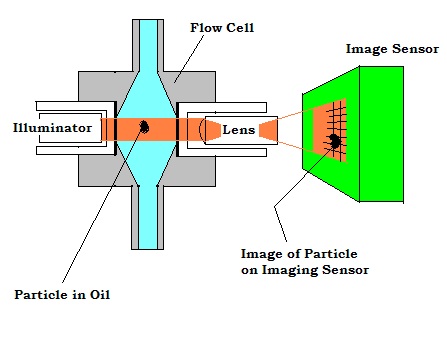|
Pulse-height Analyzer
A pulse-height analyzer (PHA) is an instrument that accepts electronic pulses of varying heights from particle and event detectors, digitizes the pulse heights, and saves the number of pulses of each height in registers or channels, thus recording a pulse-height spectrum or pulse-height distribution used for later pulse-height analysis. PHAs are used in nuclear- and elementary-particle physics research. A PHA is a specific modification to multichannel analyzers. A pulse-height analyzer is also integrated into particle counters or used as a discrete module to calibrate particle counters. See also * Nuclear electronics Nuclear electronics is a subfield of electronics concerned with the design and use of high-speed electronic systems for nuclear physics and elementary particle physics research, and for industrial and medical use. Essential elements of such syst ... Experimental particle physics {{nuclear-stub ... [...More Info...] [...Related Items...] OR: [Wikipedia] [Google] [Baidu] |
Particle Physics
Particle physics or high-energy physics is the study of Elementary particle, fundamental particles and fundamental interaction, forces that constitute matter and radiation. The field also studies combinations of elementary particles up to the scale of protons and neutrons, while the study of combinations of protons and neutrons is called nuclear physics. The fundamental particles in the universe are classified in the Standard Model as fermions (matter particles) and bosons (force-carrying particles). There are three Generation (particle physics), generations of fermions, although ordinary matter is made only from the first fermion generation. The first generation consists of Up quark, up and down quarks which form protons and neutrons, and electrons and electron neutrinos. The three fundamental interactions known to be mediated by bosons are electromagnetism, the weak interaction, and the strong interaction. Quark, Quarks cannot exist on their own but form hadrons. Hadrons that ... [...More Info...] [...Related Items...] OR: [Wikipedia] [Google] [Baidu] |
Multichannel Analyzer
A multichannel analyzer (MCA) is an instrument used in laboratory and field applications to analyze an input signal consisting of voltage pulses. MCAs are used extensively in digitizing various spectroscopy measurements, especially those related to nuclear physics, including various types of spectroscopy (alpha-, beta-, and gamma spectroscopy). Operation file:Gamma Pulse-Height Analyzer Principal.png, 400px, Pulse-Height Analyzer Principle: Three pulses, ''1'', ''2'', and ''3'' are detected at different times ''t''. Two discriminators emit a counting signal if their set voltage threshold is exceeded by a pulse. Pulse ''2'' triggers the ''Lower Level'' EL but not the ''Upper Level'' EU. Pulse 2 is thus counted into the spectral region denoted as ''P''. To ensure pulses are only counted into one channel, the anti-coincidence counter prevents Pulse 1 from being recorded into ''P.''A multichannel analyzer uses a fast Analog-to-digital converter, ADC to record incoming pulses and store ... [...More Info...] [...Related Items...] OR: [Wikipedia] [Google] [Baidu] |
Particle Counter
A particle counter is used for monitoring and diagnosing particle contamination within specific clean media, including air, water, and chemicals. Particle counters are used to support clean manufacturing practices in a variety of industrial applications. Clean manufacturing is required for the production of many electronic components and assemblies, pharmaceutical drug products and medical devices, and industrial technologies such as oil and gas. Technology Particle counters function primarily using the principles of light scattering, although other technologies may also be employed. Light scattering by particles use instrumentation comprising a high-intensity light source (a laser), a controlled media flow (air, gas or liquid) and highly sensitive light-gathering detectors (a photo detector). Laser optical particle counters employ five major systems: #Lasers and optics: A laser operates on a single wavelength, so the light source is consistent with constant power output to i ... [...More Info...] [...Related Items...] OR: [Wikipedia] [Google] [Baidu] |
Nuclear Electronics
Nuclear electronics is a subfield of electronics concerned with the design and use of high-speed electronic systems for nuclear physics and elementary particle physics research, and for industrial and medical use. Essential elements of such systems include fast detectors for charged particles, discriminators for separating them by energy, counters for counting the pulses produced by individual particles, fast logic circuits (including coincidence and veto gates), for identification of particular types of complex particle events, and pulse height analyzers (PHAs) for sorting and counting gamma rays or particle interactions by energy, for spectral analysis. Elementary components Some of the essential components that make up the elements of a nuclear electronic analysis system include: * Detectors *Bias voltage supplies * Preamplifiers * Discriminators * Coincidence and veto logic gate A gate or gateway is a point of entry to or from a space enclosed by walls. The word is ... [...More Info...] [...Related Items...] OR: [Wikipedia] [Google] [Baidu] |
